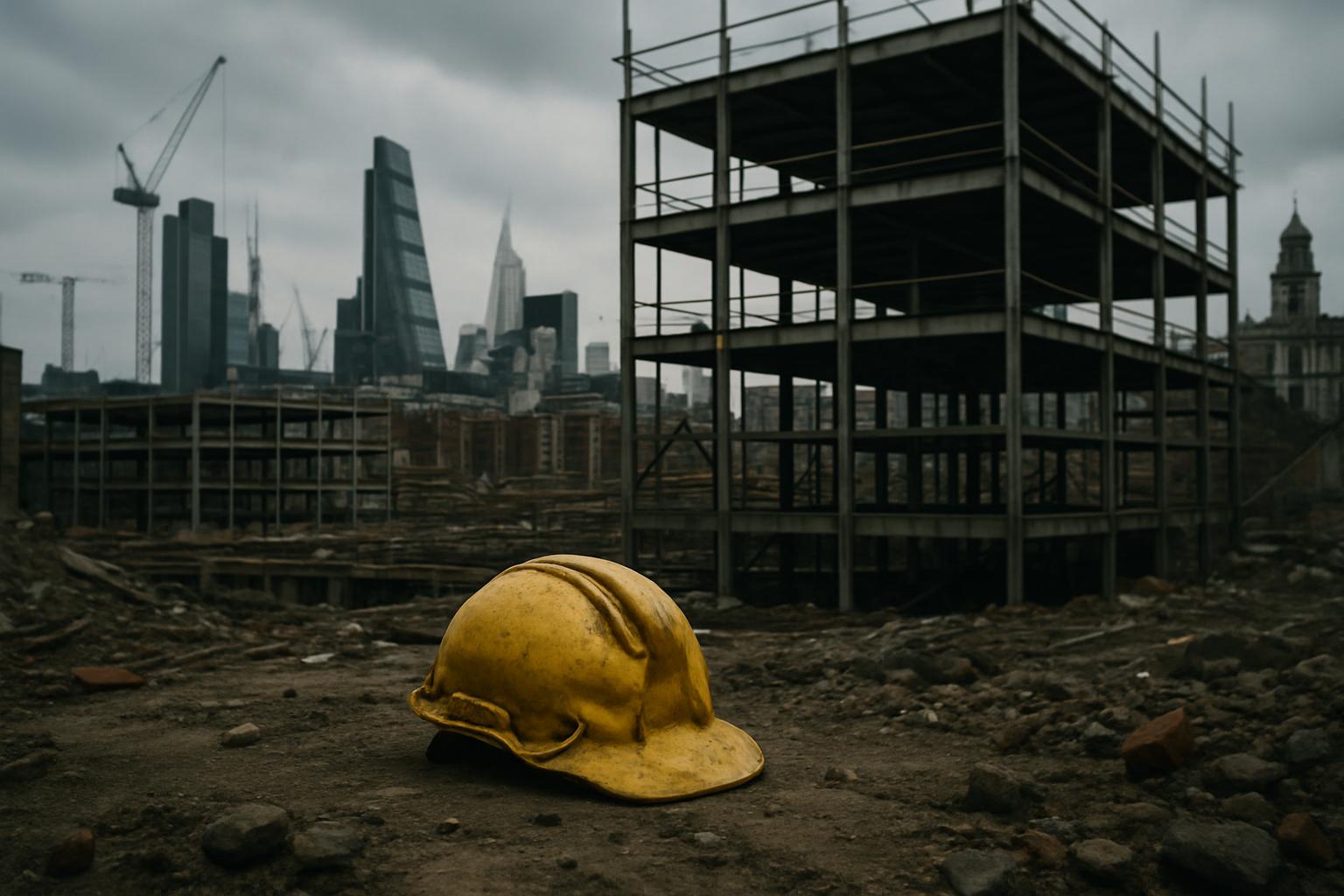The Conservative Party’s latest pledge to overhaul London’s planning strategy strikes as yet another misguided attempt to prop up a failing system built on short-term fixes and regulatory overreach. Their promise to revamp the London Plan—crafted by the current Mayor—amounts to little more than a reckless gamble on deregulation, promising tens of thousands of new homes while ignoring the deeper issues that have stifled genuine progress for years.
Historically, efforts to review and update the London Plan were deliberately stifled, with Angela Rayner opting for a “partnership approach” that conveniently delayed meaningful change. Now, the Conservatives are positioning themselves as the champions of deregulation, touting brownfield land as the magic bullet for London’s housing crisis. But this simplistic focus ignores the realities of urban development, while uncritically pushing for more development on already saturated and often already overburdened brownfield sites. Their rhetoric suggests that the real problem lies in “failure” of the mayor, Sadiq Khan, to meet housing targets—yet it’s easy to overlook how constraints like overregulation and bureaucratic red tape have hampered housing supply for years.
Conservative shadow housing Secretary Sir James Cleverly advocates a return to the “good old days” of deregulation, citing Canary Wharf and the Olympic Park as examples of past successes. But what he fails to acknowledge is that these developments were driven by strategic planning and strong oversight—elements largely absent from the current approach, which favors easing controls at the expense of quality and community needs. Labels like “excessive regulation” are just code for lowering standards and making it easier to approve developments that may not serve local interests. The push for maximum land use—especially near transport and employment hubs—sounds appealing on paper but risks turning London into a minimilist maze of unchecked high-rises, with little regard for the livability or aesthetic appeal of these densely packed developments.
Meanwhile, Mayor Sadiq Khan signals a willingness to challenge these tired assumptions. His plan involves developing parts of the green belt—protected open spaces that serve as the lungs of London. This move, ostensibly aimed at addressing the housing shortfall, is met with justified concern from conservation groups and communities alike, who see it as a dangerous erosion of green spaces that are vital for the city’s health and wellbeing. The idea of sacrificing protected land to meet aggressive housing targets ignores the long-term ecological and social costs, favoring short-term political gains over sustainable growth.
The London Assembly’s cautionary stance underscores the perilous gamble involved in sacrificing the green belt. Their call for robust lobbying to ensure development remains within existing urban boundaries reveals a broader resistance to the reckless expansion proffered by the political right. Instead of embracing sensible densification and better land use management, both sides seem eager to pursue risky greenbelt releases—raising serious questions about where London’s priorities truly lie.
Khan’s policies for incentivising density near town centres and transport hubs attempt a more balanced approach. His proposal to ease restrictive planning rules aims to foster high standards of design while encouraging higher-density developments—yet, critics argue this could be a partial solution that falls short in the face of London’s rapidly growing housing needs. His willingness to explore selective green belt releases, justified by the need for social homes and economic vitality, underscores a fundamental divergence with Conservative deregulation fantasies. Strategic infrastructure investment remains critical, but the question remains whether such measures are enough to truly tackle London’s affordability crisis or simply serve as band-aids on a fundamentally broken system.
The debate in London reflects a stark divide: one side champions deregulation, aggressive brownfield utilisation, and short-term fixes, while the other attempts a more measured, sustainable approach that preserves green spaces and enhances urban density. Both, however, fail to address the root causes of London’s housing crisis—namely, the entrenched regulatory barriers, political expediency, and the failure of successive administrations to deliver truly affordable homes at scale.
In this context, it’s clear that a truly committed opposition should be questioning these false choices and pushing for policies that put community interests, sustainability, and long-term growth above empty promises of deregulation and rapid development. Real change will only come when this flawed status quo is challenged—and that can’t happen under policies driven by short-term political agendas or superficial deregulation.
Source: Noah Wire Services
